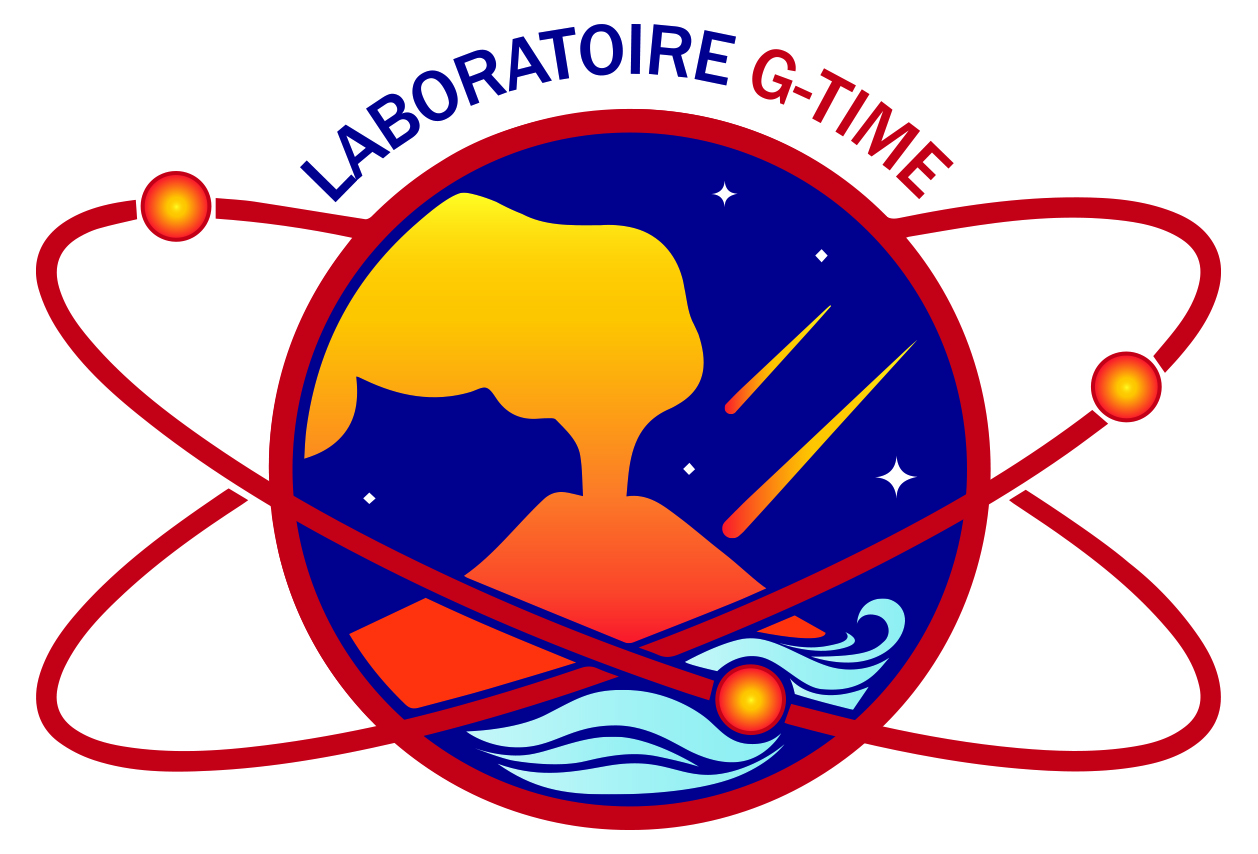Volcanology
Laboratoire G-Time
Volcanoes are formed when magma from within the Earth’s upper mantle works its way to the surface. Along the way, it will evolve to different chemical compositions which may have an important influence on the style of eruptive activity. As magma rises within the Earth’s crust, it also often interacts with the local water table to produce hydrothermal systems, areas of heated groundwater that begin to cycle through the region and alter the chemistry of local rock formations as well as manifest themselves on the surface in lakes, and as geysers, fumaroles, and hot springs.

Research projects
IS-Tremor
The IS-TREMOR project aims to gain a holistic overview of seismic tremor recorded since 2015 in Iceland, which offers a unique opportunity of multiple sources of tremor, e.g. volcanic, glacial, and geothermal tremor. By novel strategies for automated tremor detection, location, and source-based classification, we wish to create an unprecedented registry of tremor events in Iceland. It is funded by Ranis (Iceland).
Erupt
In this project, we investigate the dynamics of these volcano hydrothermal systems by observing their electrical response at 4 different scales. Through electrical resistivity imaging, a technique similar to medical imaging, we characterize the subsurface properties of volcanic hydrothermal systems: (i) at the laboratory scale for which we will combine electrical properties to Xray pore-scale imaging to understand the electrical signature of volcanic system and (ii) simulate lab-scale analog systems, (iii) by monitoring geysers that are shallow predictable analogs and (iv) through the monitoring of an active volcanic-hydrothermal system, the latter allowing us to upscale laboratory results to field observations. Our project will assess the suitability of electrical resistivity to understand and even predict volcanic hydrothermal systems dynamics. It is funded by the FWO (Flanders, Belgium)
VolKenya
VolKenya is a collaboration between ULB (Belgium) and Dedan Kemathi University of Technology (Kenya), and funded by FNRS, studying volcanoes in the East African Rift that host large calderas with active geothermal systems, and which are exploited for geothermal energy production. In VolKenya, we investigate the chemical and physical characteristics of young (Holocene) volcanic deposits to reconstruct the frequency, magnitude and style of past eruptions. We also use petrological modelling and soil gas surveys to provide insights into the magmatic plumbing systems and degassing pathways at the rift volcanoes.
Geothermally active volcanoes in Ethiopia
Fifty-nine active volcanoes in Ethiopia are dormant most of their lives but will erupt again in the future. Together with collaborators from the University of Oxford and Addis Ababa University, we focus on two of these dormant volcanoes: Corbetti and Bora-Baricha-Tullu Moye, both located in densely populated areas of central Ethiopia. Both volcanoes have frequently erupted in the past, generating widespread dispersal of volcanic ash. They are also actively targeted for geothermal energy development and as such represent a major socio-economic resource. Our work on these volcanoes focusses on better understanding the eruptive history of the volcanoes and their underlying magmatic systems and longer-term evolution, using a geochemical and geochronological approach. It is supported by FNRS, NERC and the Fondation Wiener-Anspach.
Rungwe to Tanganyika
The Rungwe to Tanganyika project is a collaboration between ULB (Belgium) and the University of Dar es Salaam (Tanzania), and funded by FNRS. We investigate the long-term history of large explosive eruptions in the Rungwe Volcanic Province, southern Tanzania, from the earliest opening phases of the rift basin 8-9 million years ago, through to the modern volcanoes of Rungwe and Ngozi. These eruptions are thought to have left traces of ash in sediments of Lake Tanganyika, and which will provide important anchor points for future palaeoenvironmental reconstructions.

